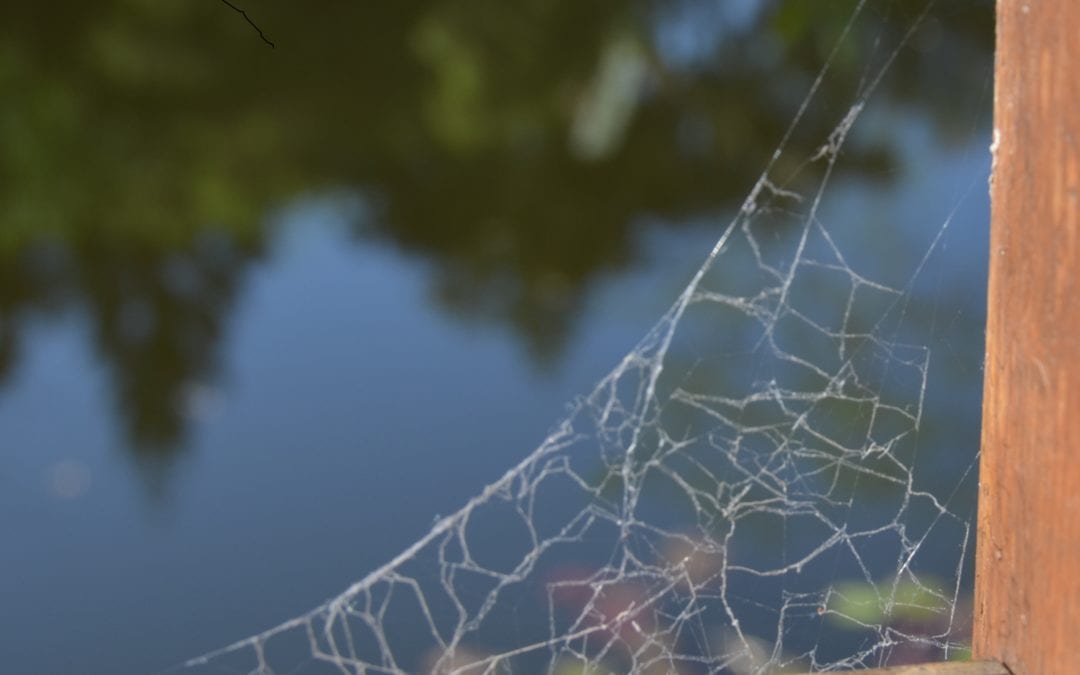The final day of our course. We spent much of the day working diligently on our group permaculture design projects. Our design felt very intuitive and it really emerged from the nature of the landscape. We focused on getting the mainframe design of all the components sound and offered some options about the details. Doing the exercise made me realize that permaculture design really is about the mainframe and the relationship between the varying components. The implementation and techniques used to turn the design into reality are the easy part. This has helped focus my efforts more effectively.
We took a page out of Geoff’s book and designed the way he does. We had a few sketches from the field and a good idea of the components we wanted to incorporate into our design. We projected the contour map onto the whiteboard and stenciled over it. We then drew in each of the elements from our prior sketches and discussions drawing them roughly to scale. This proved to be a great process, drawing on the whiteboard was a lot more collaborative than the piece of paper. Once we were done, we snapped a photo of the board with my phone and then I uploaded it onto my computer and drew in zone lines using paint. We didn’t have much time to work on the projects so the write up portion wasn’t as extensive, but you can check it out here. It was a great exercise to be able to flex all the permaculture muscles I had been building over the last few months. I feel confident in my abilities now and am excited to start designing self-sufficient spaces for others.
Later in the afternoon after all the project presentation we moved into the final chapter of the manual, Strategies for an Alternative Global Nation, euphemistically referred to as Invisible Structures. I realized that the natural state of the world is abundance and that this whole notion of scarcity is actually a self-imposed construct. The idea of scarcity is a means to control the operation of a naturally abundant system. Our current scarcity model continues to function because we keep feeding it. I wonder… what if we could route all of this energy that is feeding the scarcity model somewhere else? Maybe towards abundance? Unfortunately, most people don’t realize that there’s another option available and there’s many folks who have a very clear economic incentive (i.e. greed) to keep us misinformed and ignorant. This presents a massive opportunity to invite people into the possibilities for abundance which might even lead us down the path of entirely self-sufficient communities. I’m committed to exploring this opportunity for the next year through the Experience Institute.
Money is not inherently evil, it is simply a representative store of energy. The more money you got, the more stuff you can do, the more potential for work you have. It’s a powerful tool that enables our economy to function. The current challenges were facing lies in the intentions of the user of the tool. We can’t ignore the context in which we are functioning, we live in a modernized society, in the information age, we’re all hyper connected through technology and existing in a consumerist society. These things that often get badmouthed in many of the ‘hippi’ circles should be seen as powerful tools that we can leverage to bring about lasting social change for our world. Money is actually a lot like water as seen from a permaculture design lens. A good permaculture design slows down incoming water as much as possible and flows it through a landscape slowly and gracefully so the same drop of water can serve as many functions as possible and bring life throughout the site, as opposed to just running off. In terms of money, the value isn’t necessarily in the total amount of money that enters into a community, the value comes from the flow of money and being able to impact as many parts of a community as possible.
There are some serious problems in the world and there’s lots of doomsday scenarios. There’s rampant environmental degradation, stifling pollution, climatic change and downright scary socio-political and economic struggles plaguing our world today. War is generally caused by political problems, which stem from something that has to do with economics, which is usually a dispute about some form of energy. Insatiable desire for energy could be considered as one of the root problems of war. Good news though, it’s really just a system design flaw. Permaculture design is obsessed with making the best use of incoming energy onto a landscape in accordance with a set of ethics. We’ve got a system design problem and permaculture is a toolkit to fix it. Permaculture is just a word, the ethics, the principles, and most of the design elements and techniques are actually pretty ancient; permaculture connects the dots between them. I’m not saying it’s a panacea or the end all be all golden bullet solution for all the problems in the world, but it will certainly take us a long way if we earnestly put it to practice. With knowledge and understanding comes great responsibility. I think we’ve all got a responsibility to help make things better on this little earth of ours and we’ve got to create our own financial and employment strategies that fit into our current model to make this stuff real. We’ve got the solutions, let’s connect the web.

